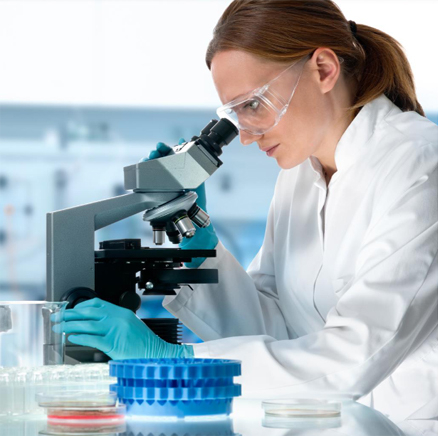Scientists produce stem cells to create self-organised vascular networks
SCIENTISTS' PRODUCE OF STEM CELLS TO CREATE SELF-ORGANIZED VASCULAR NETWORKS
Johns Hopkins University scientists today report their successful generation of self-organized vascular networks from human induced pluripotent stem cells (iPSCs) planted in an engineered matrix.
Writing in the Proceedings of the National Academy of Sciences (PNAS), Sharon Gerecht, Ph.D., and her colleagues show that the iPSCs can codifferentiate into early vascular cells, which can then mature into endothelial cells and pericytes that are able to self-organize to form microvascular networks on hydrogel scaffolding. Dr. Gerecht et al. also report having successfully implanted these lab-grown vessels into mice.
The researchers note that this approach could have implications for regenerative medicine.
“In demonstrating the ability to rebuild a microvascular bed in a clinically relevant manner, we have made an important step toward the construction of blood vessels for therapeutic use,” Dr. Gerecht, said in a statement. “Our findings could yield more effective treatments for patients afflicted with burns, diabetic complications, and other conditions in which vasculature function is compromised.”
Added study co-author Sravanti Kusuma: “That these vessels survive and function inside a living animal is a crucial step in getting them to medical application.”
The team said its next steps are to examine the 3D structures these lab-grown vessels form, and to see whether they can deliver blood to damaged tissues.
“Self-organized vascular networks from human pluripotent stem cells in a synthetic matrix” appeared online in PNAS July 16.

